Urban connection in a new subcenter
The Egaña Project is designed to be an urban connector, bringing together housing, offices, and retail in a harmonious and dynamic space.
Located in Plaza Egaña, this development responds to the global trend of urban subcenters by integrating infrastructure, mobility, and quality public spaces.
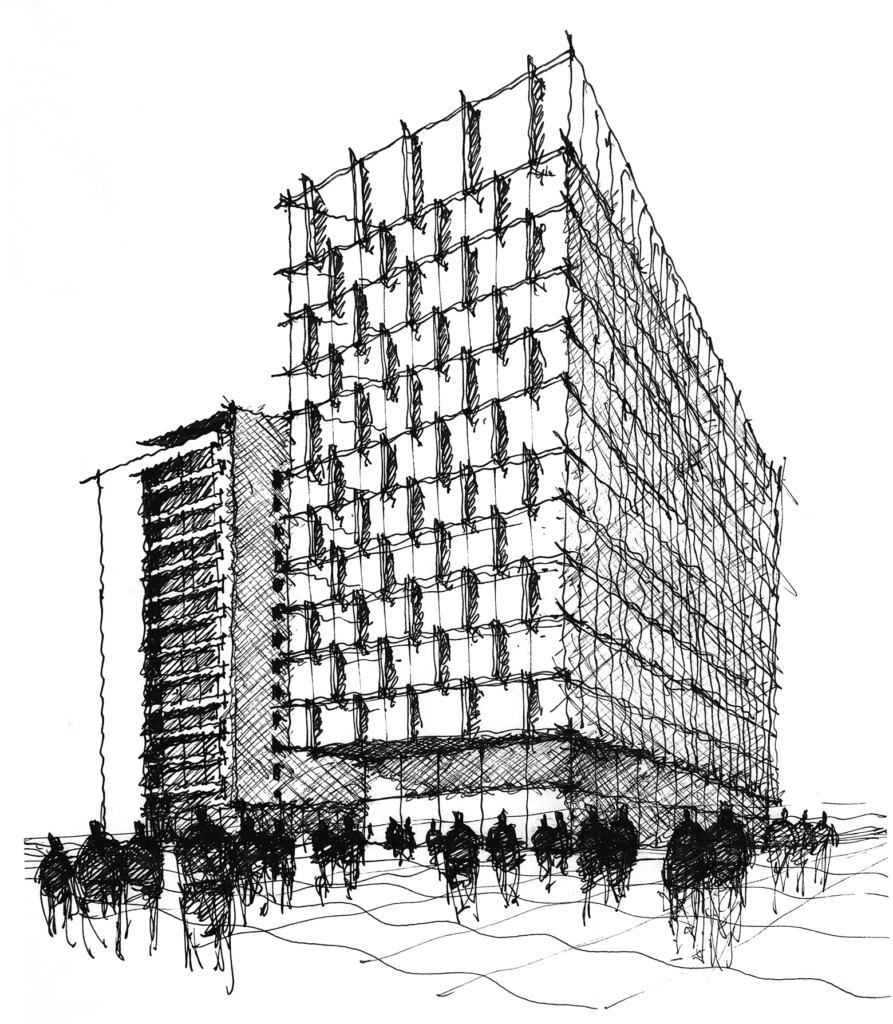
Ubicación:
CHILE, Región Metropolitana, SudaméricaAño:
2018Superficie:
18,493.02 m² – 19,905,721.06 ft²Cliente:
EXXACON ChileEstado:
TerminadoDestino:
Residencial, Comercial, OficinasTendencia:
Ciudad de los 15 minutosEquipo de arquitectura:
ARCHIPLANPaisajismo:
MV PaisajeFotografía:
Susan Lasen, Daniel Pinilla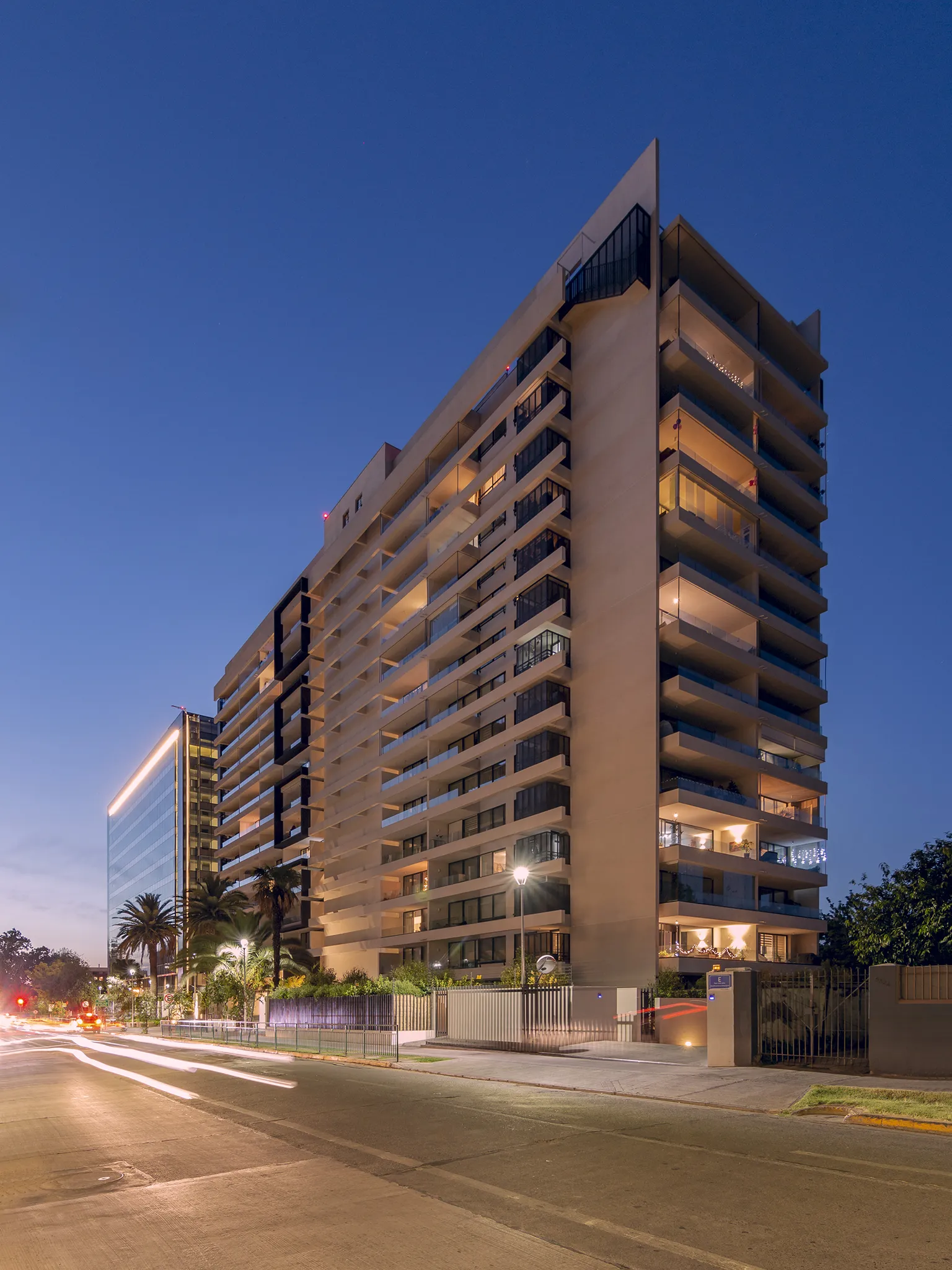
URBAN PLANNING
The design prioritizes connectivity to ensure fluid access for pedestrians and public transportation.
The mixed-use design strengthens the area's vitality and diversity.
Mobility
Its proximity to subway lines and bicycle paths ensures efficient connections to the rest of the city.
Integration
The project promotes coexistence among residents, workers, and visitors, thereby enriching urban life in the area.
Public space
The complex is centered around an open plaza, which creates a dynamic space for community gatherings.
Sustainability
Promoting sustainable landscaping and resource optimization creates an ecological and efficient environment.
Architecture
The buildings are scaled to fit their surroundings, creating a harmonious transition between public and private spaces.
Comfort
We designed homes, offices, and commercial spaces to offer wellness, functionality, and a quality experience.
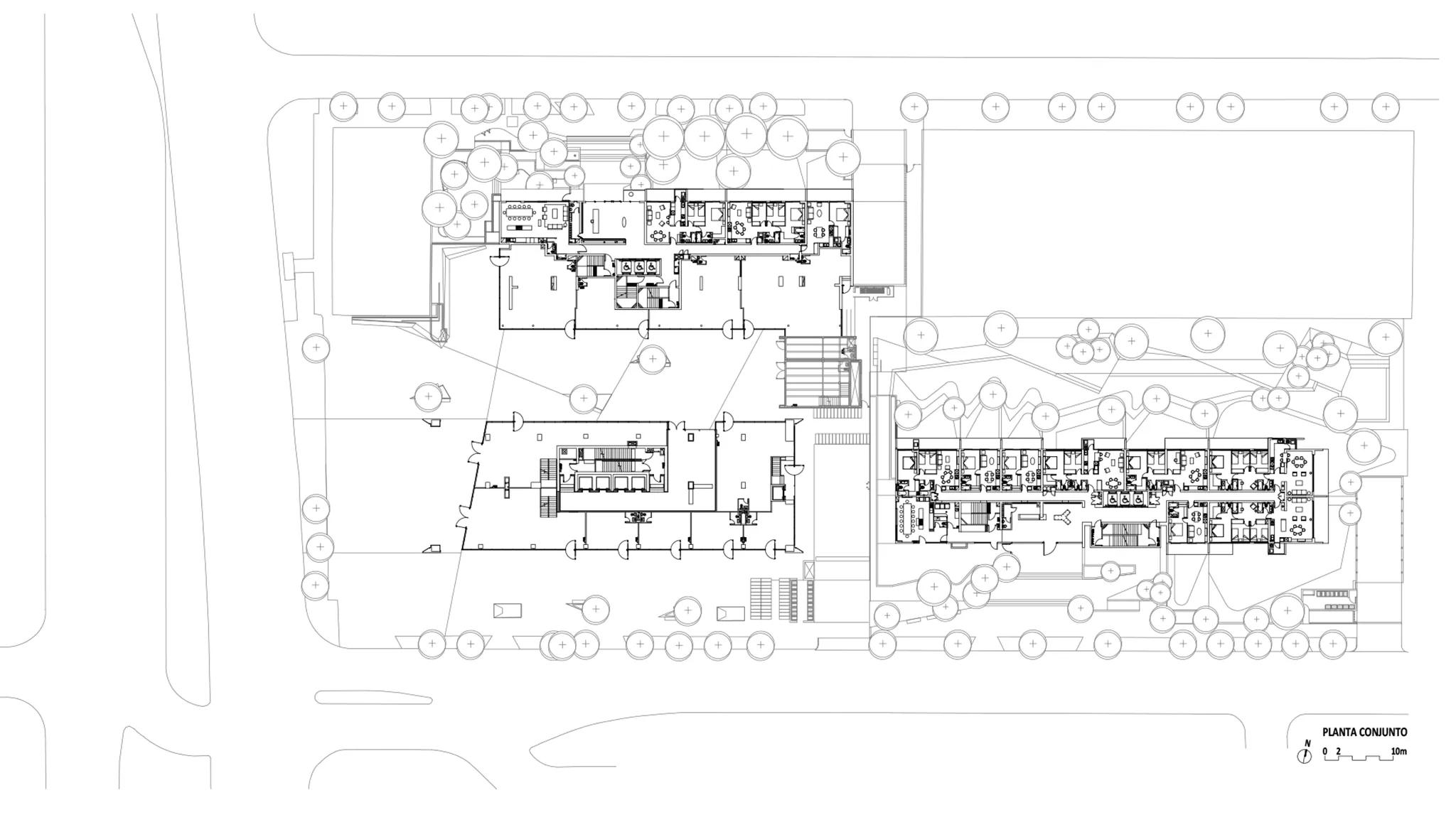
PUBLIC SPACE
The central plaza is the heart of the project and provides an accessible meeting point.
Its design fosters interaction and permanence, thereby enriching urban life.
Office area
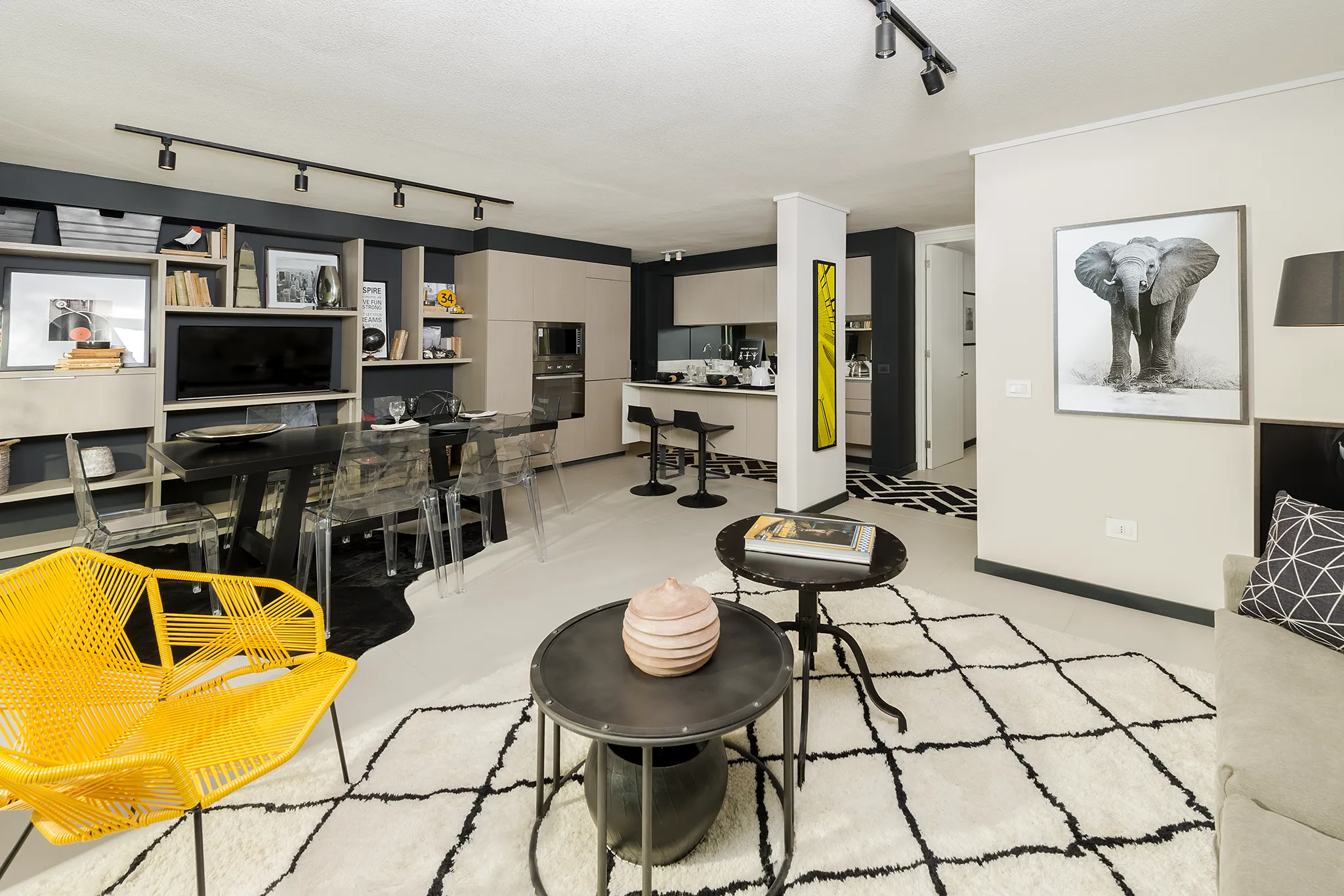
SUSTAINABLE HOUSING
The residential units optimize the use of natural light and ventilation.
The material and design promote efficiency and thermal comfort.
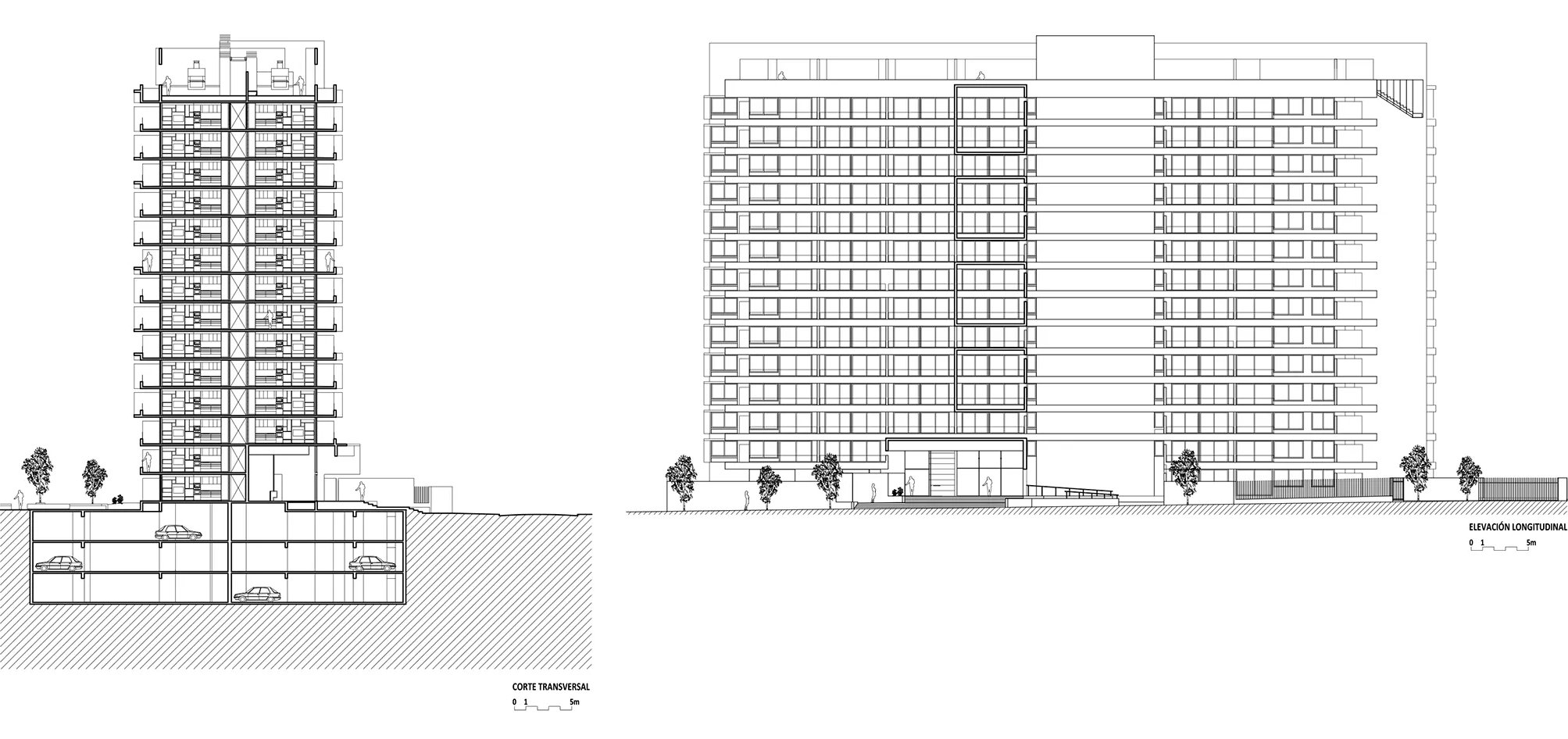
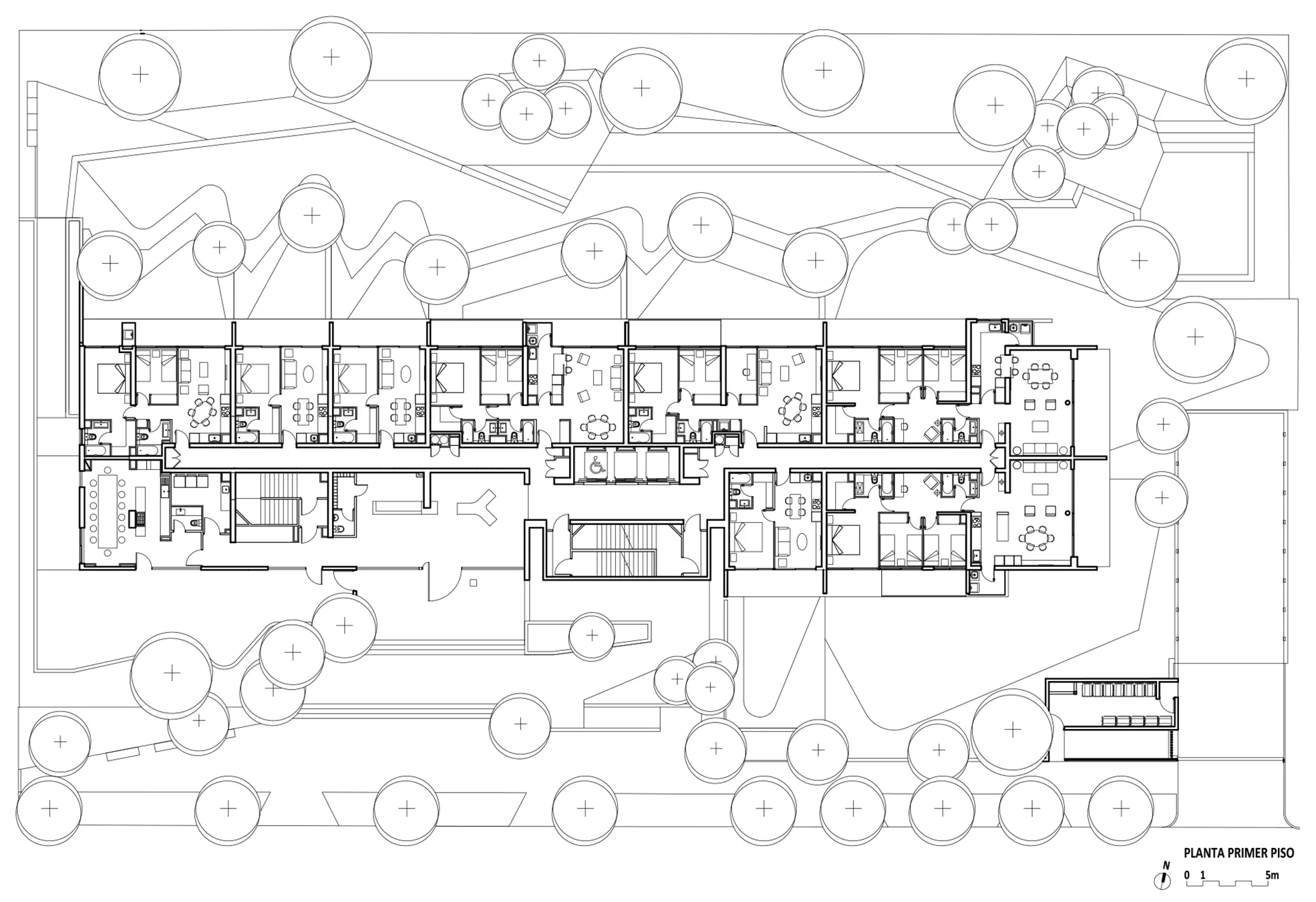
ARCHITECTURAL INNOVATION
The project incorporates a double-height atrium to provide identity and scale.
Priority is given to harmony with the context, respecting the history of the sector.
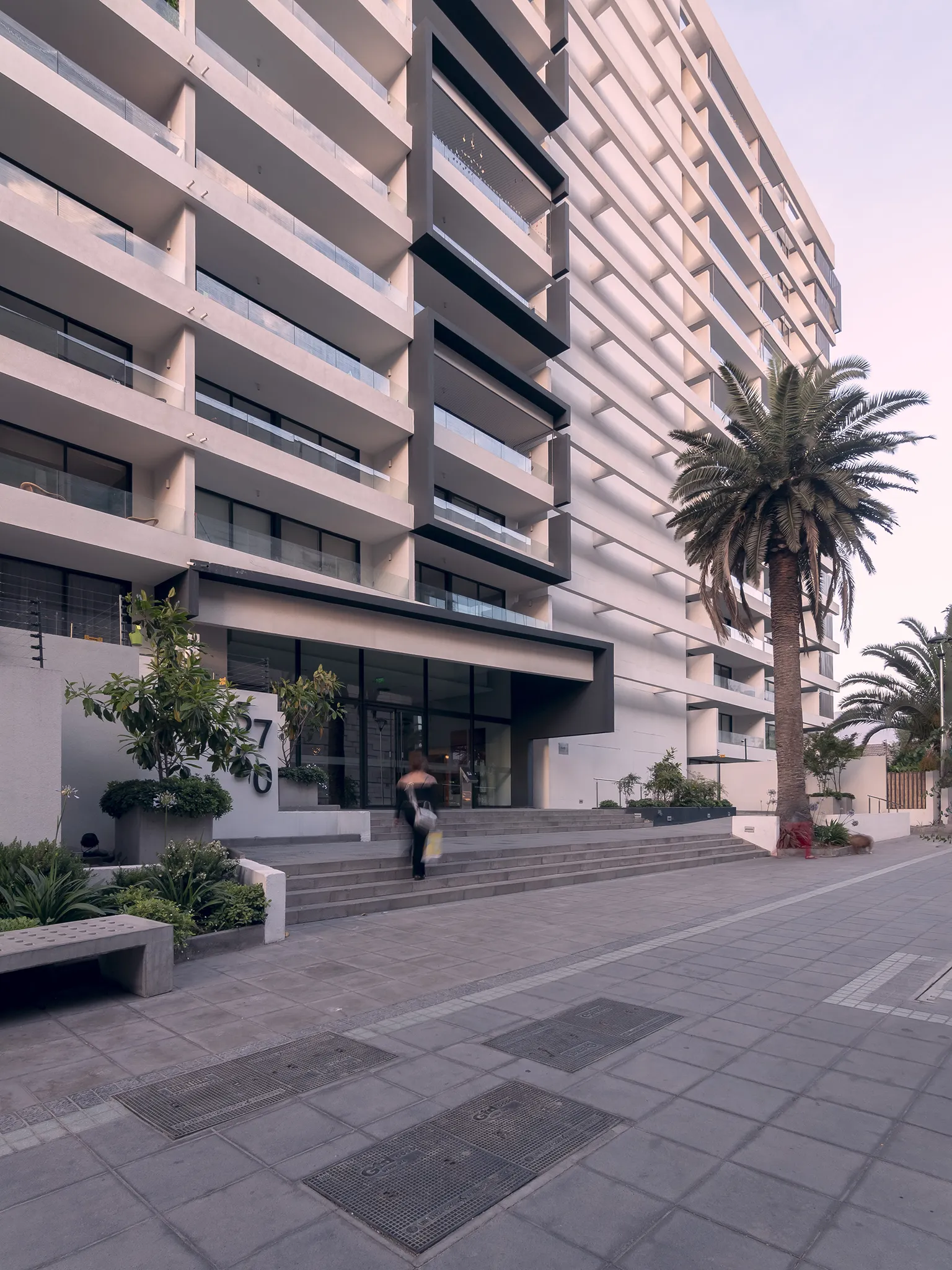
MOBILITY AND ACCESSIBILITY
Vehicular access was designed to minimize interference with pedestrian traffic.
Bicycle spaces and accessible circulation promote inclusive mobility.
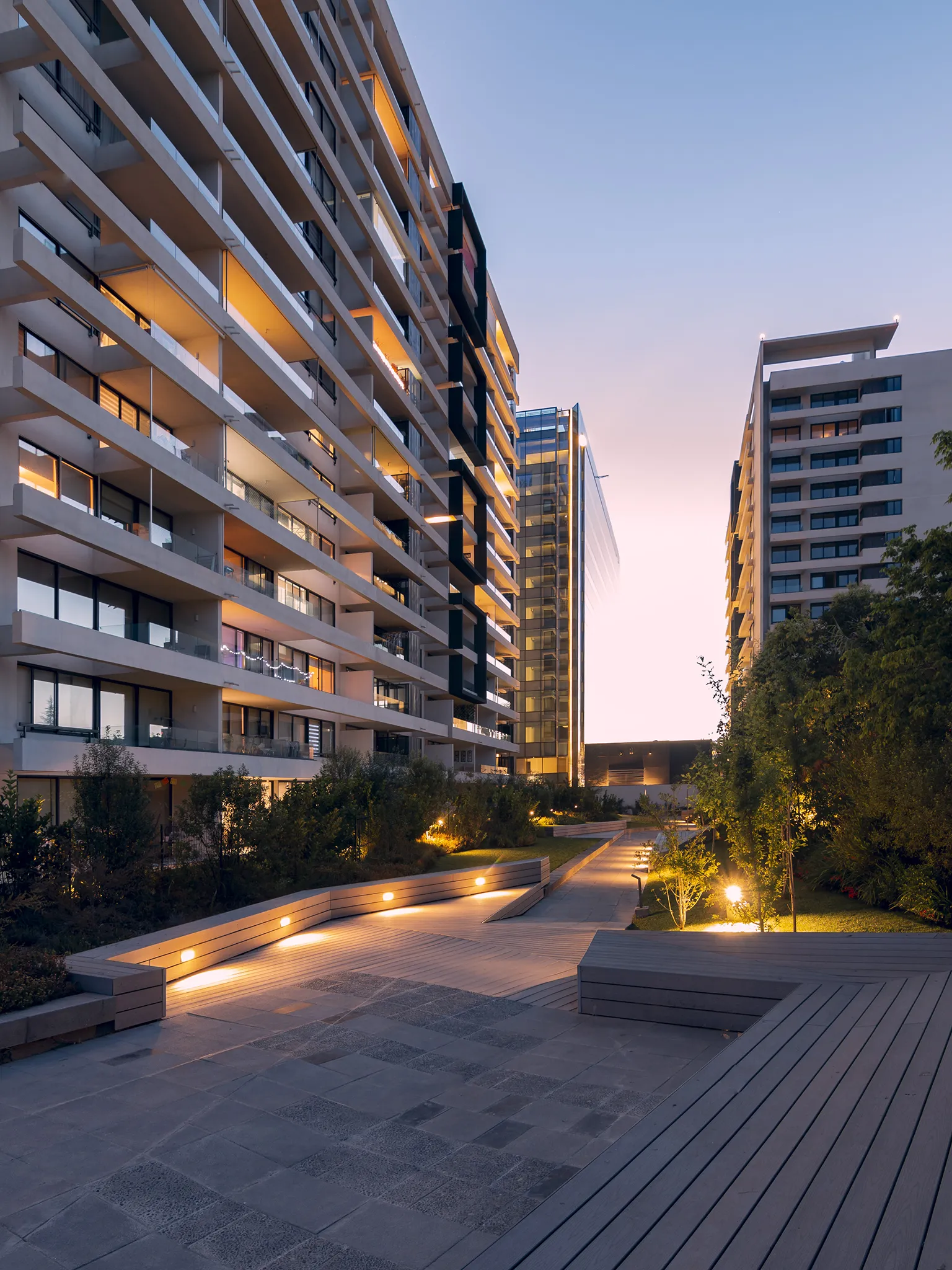
Egaña model reimagines the urban subcenter by integrating housing, offices, and retail spaces within a vibrant environment.
It is a compact and connected city model that enhances well-being and social interaction.


